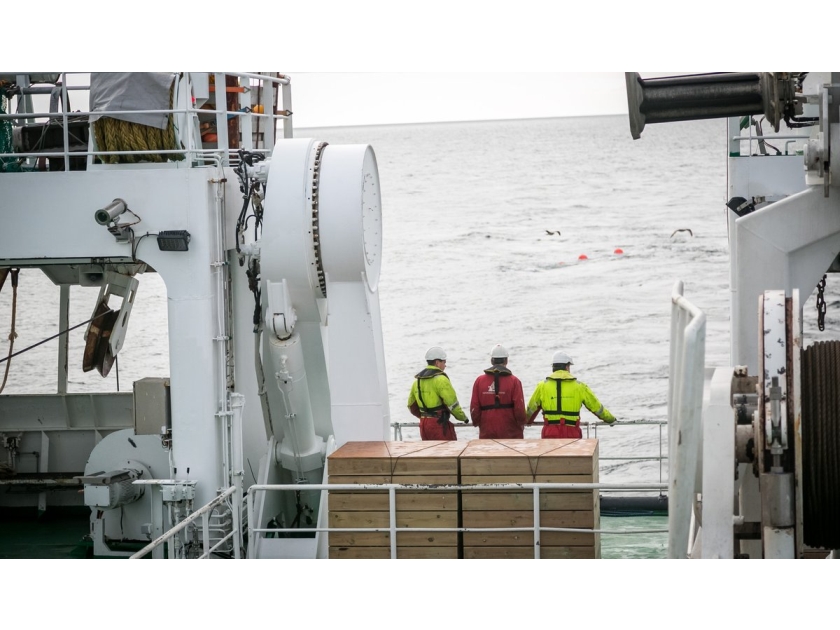Bringing the Ocean to Society

A total of three Norwegian and one Russian research vessel will set out to update and expand our knowledge of one of the world’s richest ecosystems.
The Barents Sea is a productive area, with more than 200 species of fish, thousands of benthic invertebrate species and diverse communities of plankton, seabirds and marine mammals inhabiting or visiting the area. The Barents Sea is a shelf sea and a transition zone between Atlantic and Arctic conditions. Inflowing Atlantic Water is relatively warm and gives boreal conditions in the western and southern areas, while Arctic Water is cold and gives sub-arctic and arctic conditions in the northern area.
During the last decades, the Barents Sea is changing rapidly from being cold in the 1980s to become warmer and record warm in 2016. Therefore, these annual cruises are invaluable to monitor the changes. The stocks of cod and haddock grew very large in 2009–2013. The capelin stock has been through tops and downs, while the polar cod stock is diminishing. Fish and benthic animals that prefer the warmer Atlantic waters are now found further north. Marine mammal species visiting the Barents Sea for summer feeding increase both in the number of species and individuals.
The data from the eco-cruise provide a basis for quota advice and recommendations for the overall management of the Barents Sea for both Norway and Russia as well as all other nations fishing on quotas in the area.
More on the cruise in the IMR website



